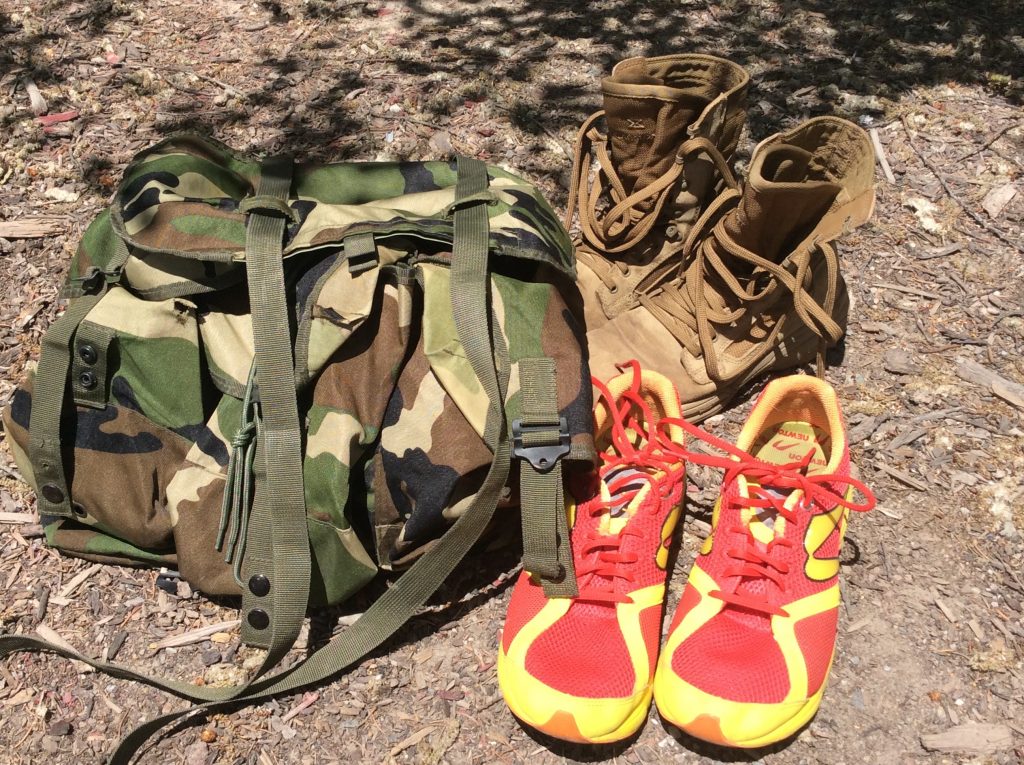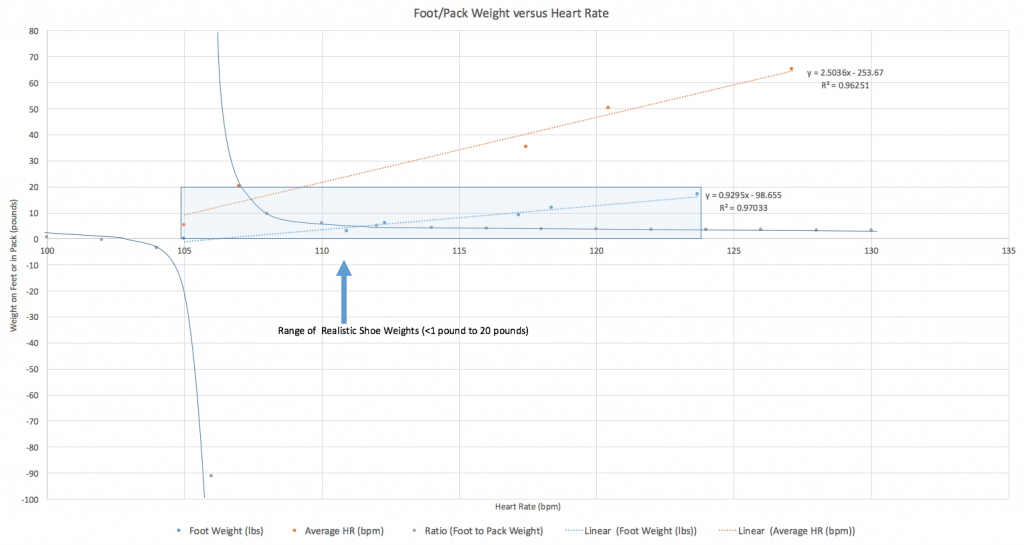
by Kyle Bochanski
Rucking Rules
A few years ago MTI posted an article reviewing previous studies to create a list of “5 Military Rucking Rules Every Backpacker Should Know”. Some of these rules we tested again as we developed our MTI Route Card. We wanted to ensure accurate predictions of rucking times based on distance, speed, grade and pack weight. In doing so we found the some of the rules to be inaccurate.
Rucking Rule #3 states that every 1% of your body weight in your pack makes you six seconds slower per mile. This only holds true until the subject exceeds 40% body weight in their pack.
Rucking Rule #4 states that a 10% grade incline cuts your speed in half. We found an increase in grade by 10% cuts your speed by 1/3, not 1/2.
Rucking Rule #5 states that going up slows you twice as much as going down speeds you up. This assumption is too general. Our MTI Route Card only assumes you move faster on slight downhills and assumes a slower pace for slopes steeper than 20%. Think about trying to run loaded down a steep slope. Your knees don’t appreciate it.
This week we conducted a mini-study on Rucking Rule #1; one pound on your foot equals five pounds on your back.
Mini Study Design
Heart rate is a widely accessible measure of exertion. If we determined exertion with a specific weight on a subject’s feet, then we could equate it to pack weight matching a specific pack weight to that same exertion.
For example, if I walked at a heart rate of 115 beats/minute with 8 pounds on my feet (4 pounds per foot), then I would want to know how much weight I could put in my pack and stay at 115 beats/min. I could then divide pack weight by foot weight to see how the two values compare at the same level of exertion.
The graphs below show the general relationship found between foot weight and heart rate and pack weight and heart rate.

Using the regression equations, the heart rate of 115 beats/minute correlates to about 8 pounds foot weight (blue line) and 35 pounds pack weight (orange line). This means that walking with little exertion, you can carry a little over 4 times as much weight in your pack as on your feet.
It’s important to note that for a foot weight below five pounds, the 1 pound on your foot to 4 pounds on your back relationship starts to fall apart. This is apparent if you look at the trend line for the ratio of foot to pack weight ratio when added foot weight approaches zero. The weight of the foot weight is such a small percentage of the pack weight, the regression does not physiologically make sense. We plan to address this by running the test at a higher heart rate to see if it changes the relationship.
Practical Implications
Rucking Rule #1 is not very useful (at least hiking slowly at grade; see limitations).
Take, for example, jumping extremes in shoes, from the K2 Pinnacle Pro ski boots weighing in at about 8.5 pounds and the Nike Air Zoom weighing in at 0.67 pounds. Using the regression equation for foot weight versus heart rate above, the estimated difference in heart rate is about 7 beats per minute. This difference should not be very noticeable unless someone is looking for performance gains in the margins.
Comparing this jump to a pack weight equivalent, heart rate would only change by about 3 beats per minute (using the other regression equation). What this means is that although getting a slightly heavier shoe is equivalent to getting a much heavier pack, the body responds to the loads as if they were pretty much the same.
Take Home Message
Unless being at the threshold of your physical capability is critical to your performance, shoe weight does not make a difference worth paying the money for.*
*It is important to note three limitations to these inferences.
- The trials were done at a slow pace of 2 mph on a 15% grade so conclusions can only be associated with this speed and grade. Moving faster will cause a greater difference in exertion since changing directions of the foot is likely to be more influenced by the weight of the shoe. This is probably why in high turnover sports like sprinting, shoe weight is important.
- Trials were completed using ankle weights which only simulate shoe weight, not how the shoe effects or may impair the “spring” function of the Achille’s Tendon. This means that stiffer shoes may have an additional impact on speed.
- The number of data points is insufficient for ruling out the part chance plays in significant findings.
Next Steps
The slow treadmill pace for this mini-study could have had a large impact on findings. Next, we’ll test at a much faster pace, to see if these findings hold.
Feedback/Comments/Questions? Email coach@mtntactical.com
You Might Also Like MTI’s Rucking Improvement Plan